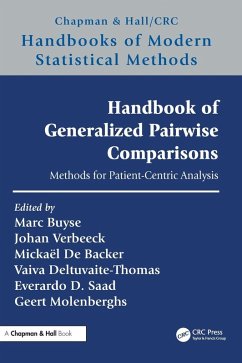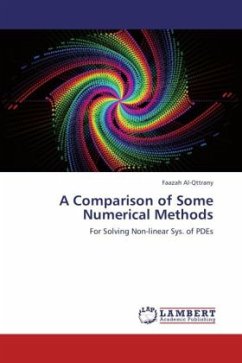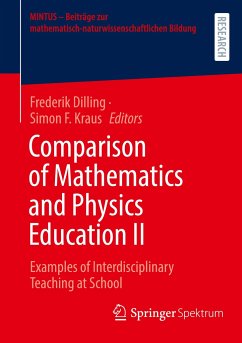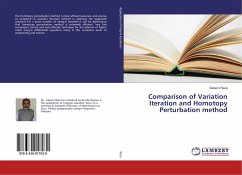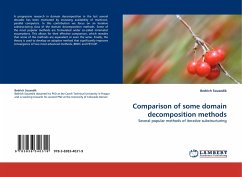
Pairwise Comparison
Versandkostenfrei!
Versandfertig in 6-10 Tagen
19,99 €
inkl. MwSt.

PAYBACK Punkte
10 °P sammeln!
High Quality Content by WIKIPEDIA articles! Pairwise comparison generally refers to any process of comparing entities in pairs to judge which of each pair is preferred, or has a greater amount of some quantitative property. The method of pairwise comparison is used in the scientific study of preferences, attitudes, voting systems, social choice, public choice, and multiagent AI systems. In psychology literature, it is often referred to as paired comparison. Prominent psychometrician L. L. Thurstone first introduced a scientific approach to using pairwise comparisons for measurement in 1927, wh...
High Quality Content by WIKIPEDIA articles! Pairwise comparison generally refers to any process of comparing entities in pairs to judge which of each pair is preferred, or has a greater amount of some quantitative property. The method of pairwise comparison is used in the scientific study of preferences, attitudes, voting systems, social choice, public choice, and multiagent AI systems. In psychology literature, it is often referred to as paired comparison. Prominent psychometrician L. L. Thurstone first introduced a scientific approach to using pairwise comparisons for measurement in 1927, which he referred to as the law of comparative judgment. Thurstone linked this approach to psychophysical theory developed by Ernst Heinrich Weber and Gustav Fechner. Thurstone demonstrated that the method can be used to order items along a dimension such as preference or importance using an interval-type scale.



